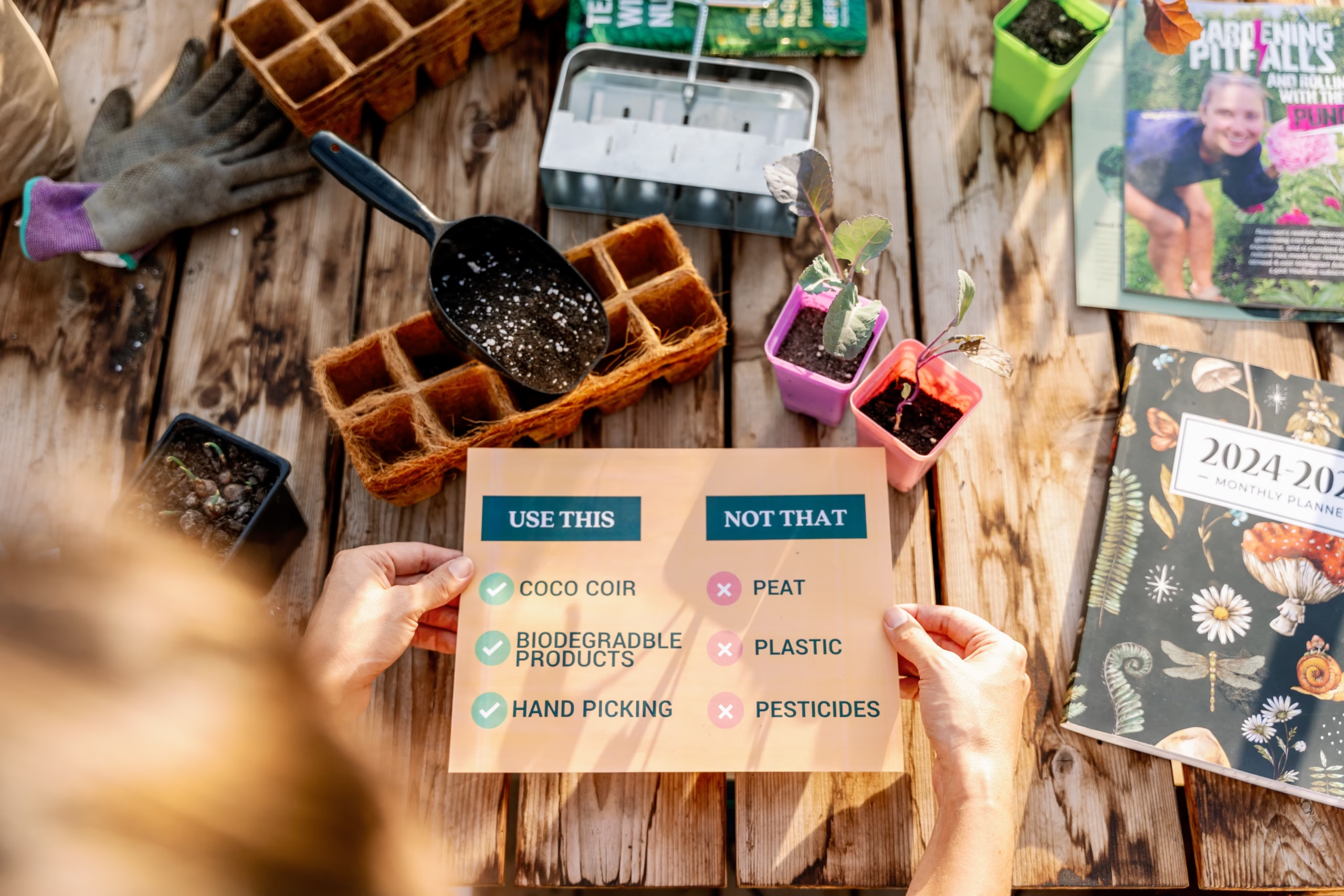

Renting a garden plot is such a great way to start a garden. Whether you’re expanding on top of the space you already have, or you’re starting your first garden – a plot or allotment is a wonderful idea. If you’ve been thinking about renting a plot than you already see all the benefits of it and you’re already excited. So today’s article isn’t about the benefits or excitement of having a plot. This article is all about the things you should consider before renting a plot – or adding your name to a waitlist.
Please don’t take this article as me talking you out of a garden plot, but rather a quick reality check to bring your fantasy dreams back down to earth. This way you can go into your garden plot with your eyes wide open, to make sure that you enjoy your experience renting a space and that you don’t quit before you even start.
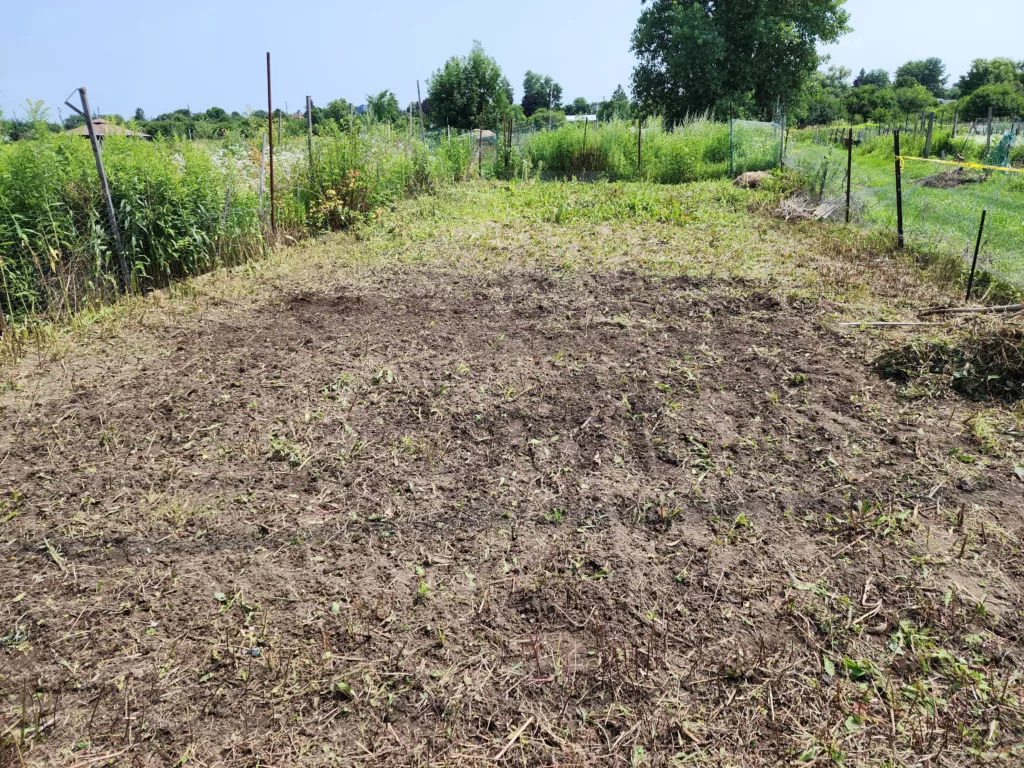
What does this mean? Well, before you rented this plot someone else did. And they might not have cared for the soil the way you will. Most, if not all community gardens don’t allow chemicals or pesticides used in it so hopefully this shouldn’t be an issue for you. But it doesn’t mean that everyone follows the rules. So keep this in the back of your mind as you’re growing in your new plot.
If your plot is in a raised bed, the nutrients can be depleted. If it’s in the ground, it could be all clay. So you have to be prepared to work the soil and build it up yourself. This means working intensely with the soil over the first few years. This looks like mulching, reducing disturbances and topping up with quality compost (if possible).
Some community gardens that grow in ground till the soil every single season, whether you like it or not. So it’s important to figure out if that’s a rule at your local garden plot, because this will change how you set up your garden and how you can manage the soil.
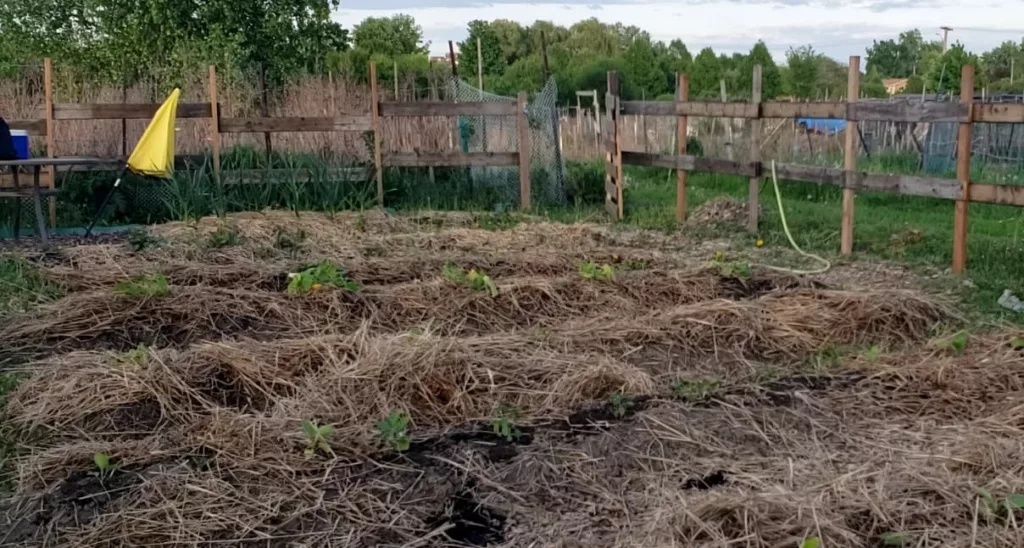
There’s 2 parts to this reality check. The first is that you have no idea the condition of the plot when you get it. Depending on the size of it and the rules, you might find a ton of garbage on your plot that you have to clean up. If the garden is overrun with weeds and filled with garbage it can feel really overwhelming. I recommend getting friends or family to come help you clean it up and get it into some form of workable shape before working on the endeavour alone.
The second part to this is that since you don’t own the space, anything that you invest into your plot stays with the plot (other than gardening equipment like stakes and tools). This isn’t an issue if you rent in a community garden that uses wood raised beds or metal raised beds that are put in place for you. This is more related to spaces that are larger or in ground.
If you have to build a fence, add in raised beds or anything similar to hardscaping, you’ll have to leave it behind. That being said, you still want to treat it like you’ll keep it forever, and be proud of what the next person will take over from you. There are ways to build up your allotment for less. In the photo above, we built the fence for our allotment but we asked in our neighbourhood chat for free wood from an old deck and that’s what we used to save a ton of money.


And the worst part? Not just insects but ANIMALS. Anytime food is grown in large quantities and in close proximity, it’s going to draw in pests. It’s not surprising. Wouldn’t you also want to live and visit an endless buffet? It’s great for the insects and animals, but not so great for you. So if you’re going to rent a plot, just assume that you’re going to lose some food, battle some bugs and maybe discover a new insect you’ve never seen before!
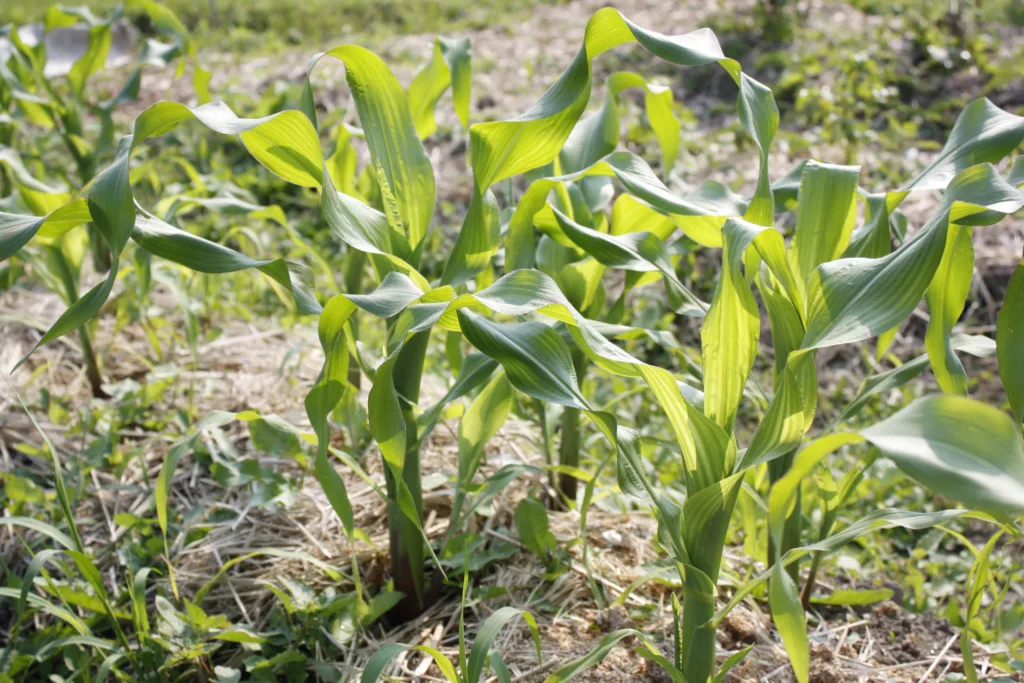
One of the things I find most annoying about my allotment is having to pack up my tools every single time I go to visit. But I don’t like the idea of leaving them there because they might get stolen. Plus some community gardens don’t have space for you to store your tools. When we first got our allotment it had chicken wire around it and someone stole it, even though we were actively using the space! It taught us quickly to not leave anything at our allotment unless we’re okay with it being stolen, which is why we source so much for free. Not only can your tools be stolen, but your food as well. Unfortunately it’s just part of being in a shared space, so always plant a little extra to make sure you get what you hope for out of your space.
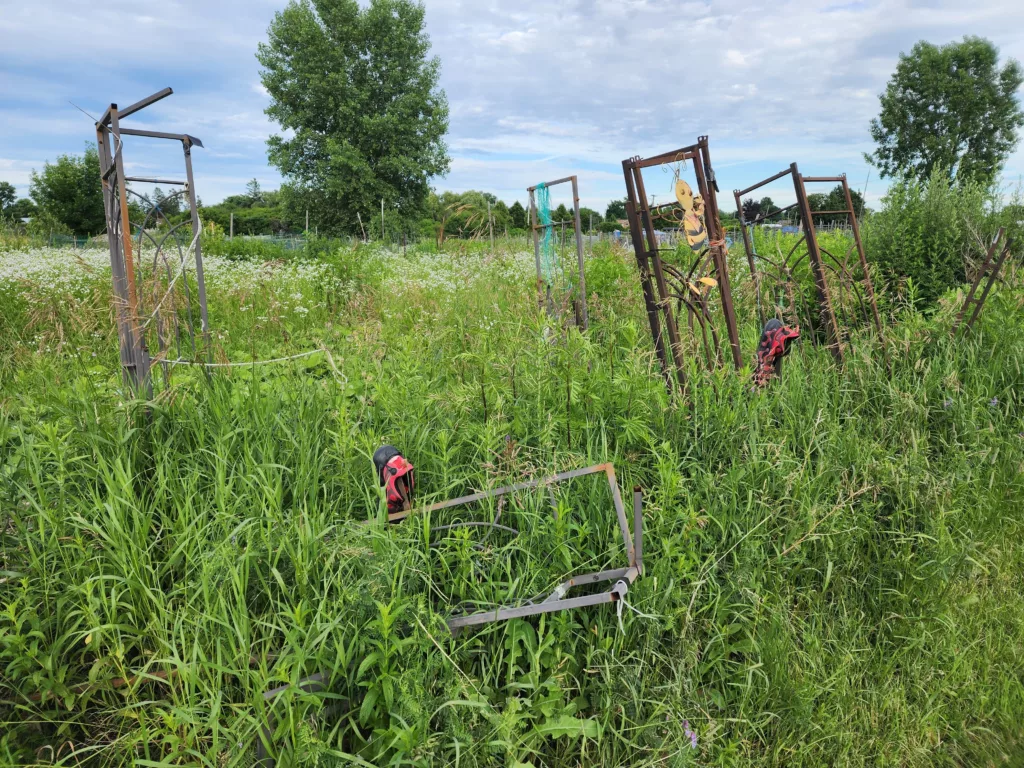
If you’re in a community garden with raised beds that are in neat, tidy rows you’re lucky because your neighbour won’t matter too much. Unless they let weeds go to seed or don’t try and contain any pests, they shouldn’t be a bother to you. But if you grow in a larger allotment plot like in the photo above, your neighbours will mater. Last year we didn’t have any neighbours around us which meant the area was weedy and went to seed, which doesn’t help our battle. But even if we did have neighbours they can be noisy or smoke cigarettes (although likely illegal in that space). The other issue with neighbours is that they might plant invasives like mint which spreads rapidly and can find it’s way into your plot. OR they might be great!
It’s important to be careful in where you have a plot. Sometimes you don’t get much of a choice if there’s a long waitlist or not many community gardens in your city, but if you have a choice, always choose a location near you. Our plot is a lengthy drive from our house which means it feels like a full event to go there so we always want to make sure we get as much done as possible to maximize the drive. It also makes it feel cumbersome to go as well. I’m sure if our allotment was closer we wouldn’t feel the same way, so find yourself a place as close to home as possible.
If you’re offered a choice in a plot, take your time to think about it. In our area, the allotments come in blocks of 3 and I made sure to not choose the centre plot. Access to your plot is important, and also making sure you aren’t in the centre of unmaintained gardens that might cause you more problems than not.

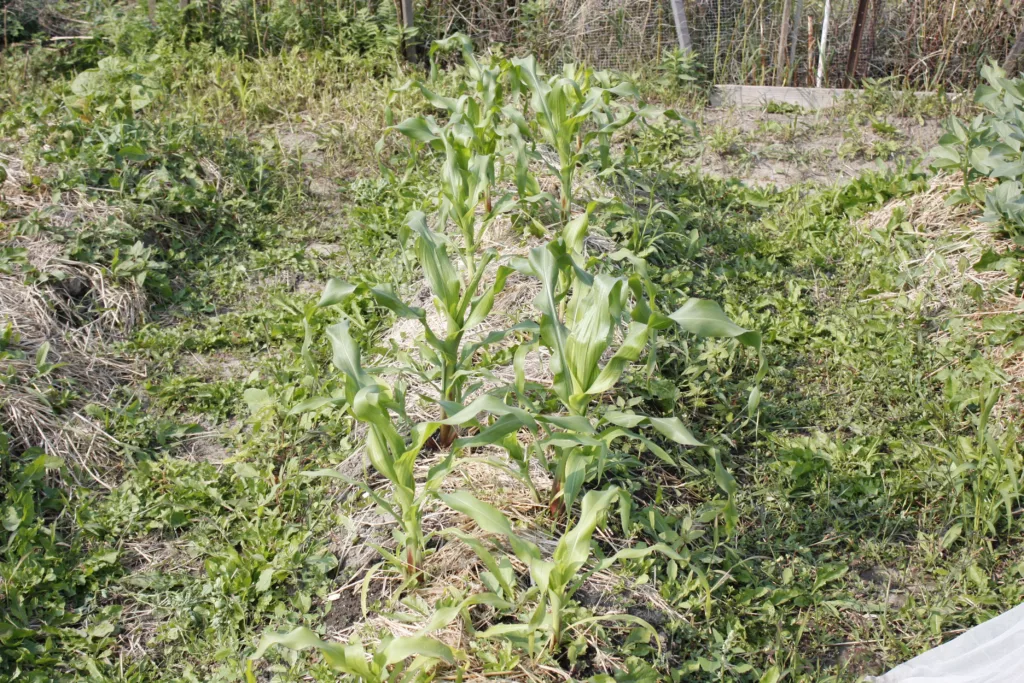
Think about the time it takes to pack up your equipment, drive and maintain your new plot. Do you have the time and ability to dedicate to it on top of your normal day to day priorities? It can be very time consuming, especially if the space you were given hasn’t been maintained well. Look at the size of the space, how well it’s been kept, and how far it is from your home and make sure that you have the additional time to give to it. Otherwise you’ll just feel disappointed, and a little guilty not maintaining it.
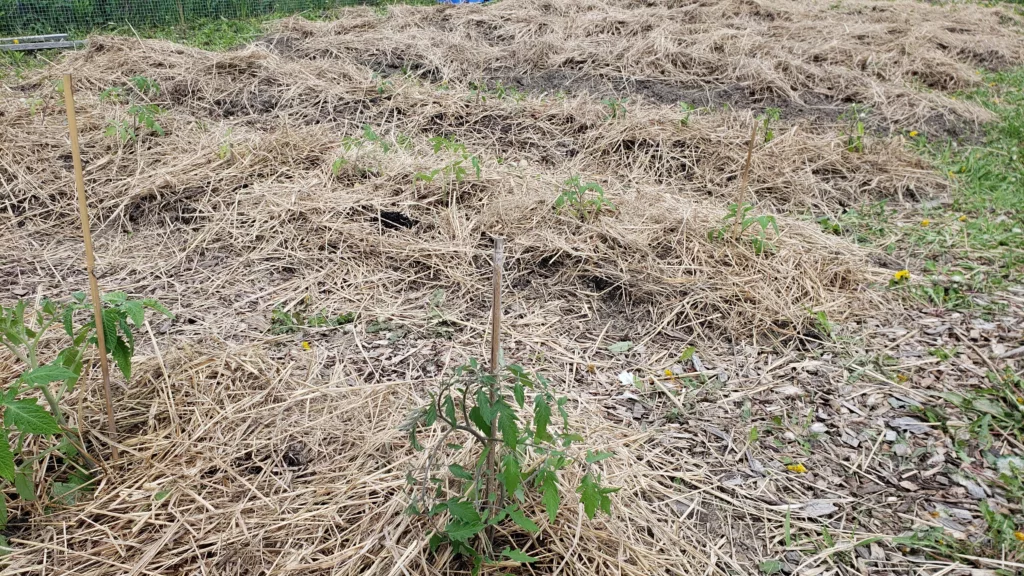
If this is your first year gardening, or first time with some space, it’s going to be hard to plan how to plant your new plot. From the spacing, sun exposure and overall weather, planning can be difficult. It’s going to be easy to overcrowd or under plant your garden. And you’ll spend the first year or two learning what plants do well in the space and which ones don’t. You might have more or less sun than you expected, the pests might be too much for certain plants or the space isn’t quite right for larger foods. Either way, expect the first couple of years to be a learning curve!
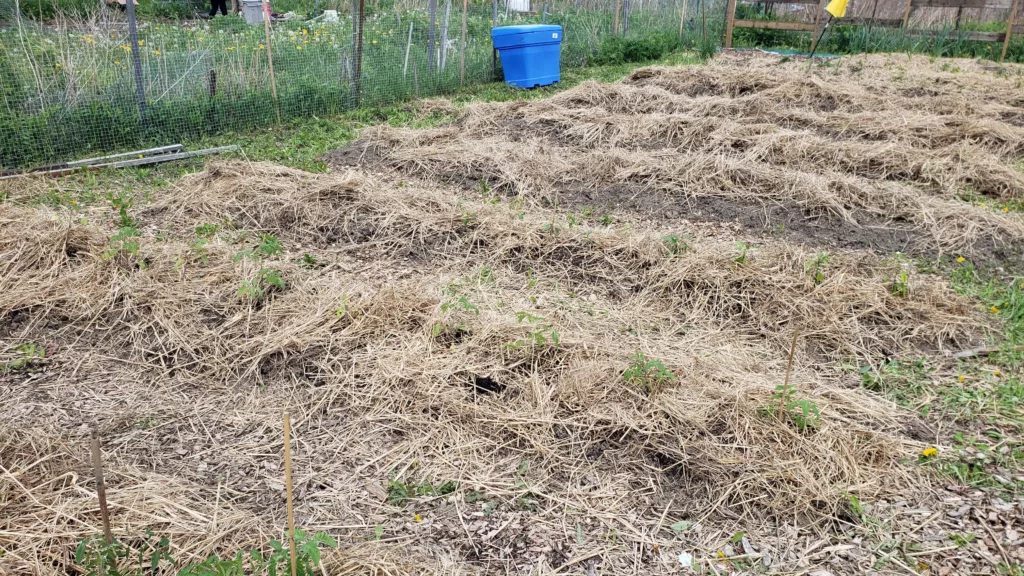
If your plot is near your home, sure the weather might be similar. But the benefit of most plots is that they’re built in areas of full sun. There won’t be a tree, house or shed blocking the light on the garden, instead it will get full sun. This means that not all plants will work here because not everything wants endless, blazing sunlight. Even my tomatoes get sunburned at our allotment because it’s hours on hours of unobstructed sunlight. So recognize that your plot or allotment garden won’t have the same environment as a garden in an urban backyard!
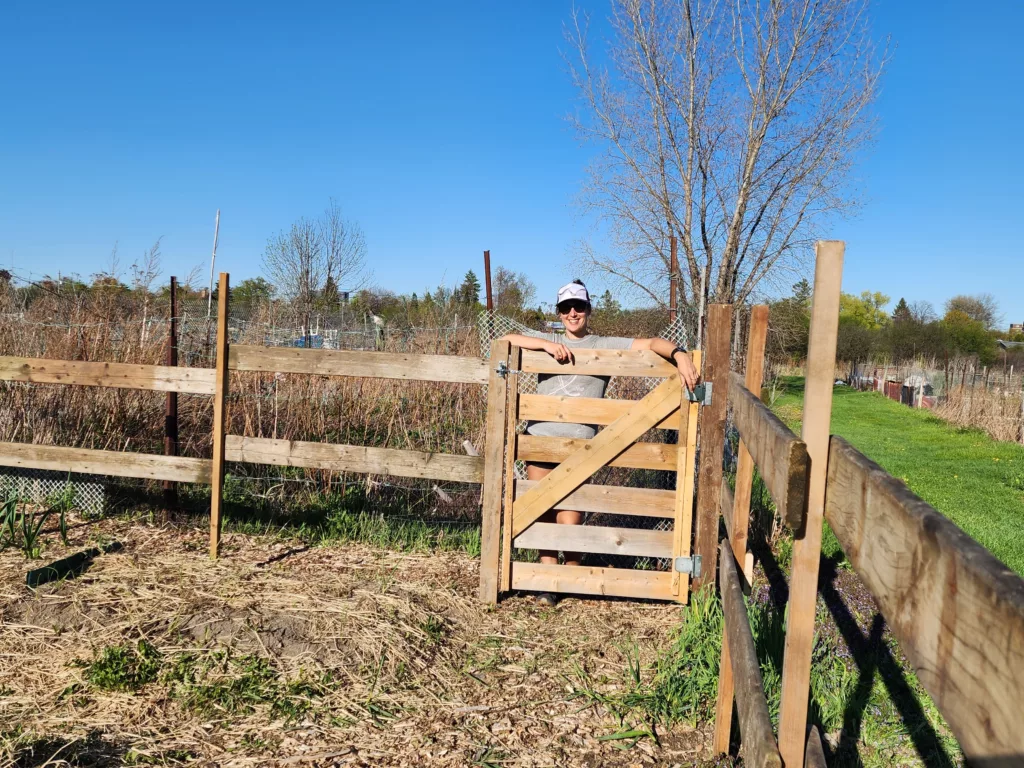
Because you’re on rented land it comes with rules you have to follow. Some places won’t allow you to grow perennials, others won’t allow trees (for obvious reasons) or you might have rules on the height of your fence or the materials used to make it. At our allotment we have rules on the fence, that we have to use the space to grow food primarily, and we aren’t allowed to sell what we grow. If you find a community garden near your home and you’re interested in joining – reach out to find out what the rules are for that space and make sure it meets the criteria of what you’re looking for.

Gardening Advice for Short Season Gardeners
Privacy Policy • Terms and Conditions
© 2025 by Urban Gardening Canada